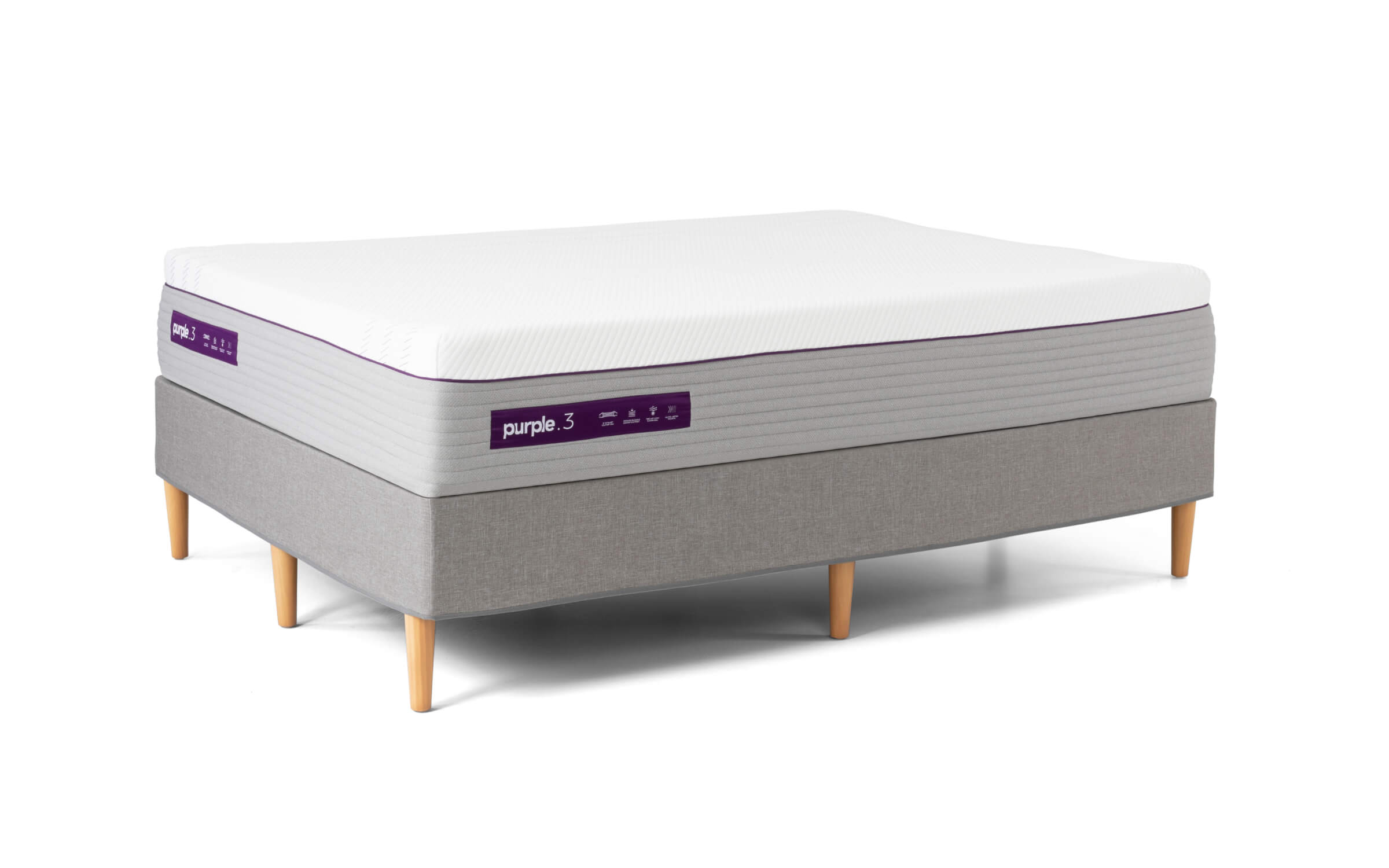SOFT-TO-THE-TOUCH COVER
Keep cozy and cool with quilted foam and cashmere on top.
PRESSURE-RELIEF COMFORT LAYER
Get relief wherever you need it with gel memory foam that contours to your shape.
SINK-IN-JUST-RIGHT LAYER
Sink in, but don’t get swallowed alive – this layer ensures it.
ESSENTIAL BASE LAYER
This layer ensures everything above it performs at its best.
TARGETED-SUPPORT COIL LAYER
Get custom relief with innerspring individually wrapped coils that adapt to your body.






by Christopher
I no longer wake up feeling like I just slept on the floor! No more hip or shoulder pain. There was an adjustment period as it is a different type of mattress than we have had in the past.
by Cheryl
My husband and I both suffer from back and body pains at night. So we searched the internet and found The DreamCloud mattress. It has been wonderful.
by Jeneen
I’ve had back pain for several years and had problems with getting and staying asleep for years as well. I’ve had better sleep and lessening back pain since I’ve been sleeping on this mattress. This was a great investment. Sleeps are awesome too. It took me a couple of nights to get used to the pillow, but now love it as well. I used to be a stomach only sleeper, but die to back pain, haven’t slept on my stomach since before have kids nearly 30 year ago. I actually fell asleep once on my stomach since getting this bed. Being a side sleeper ony old bed was causing lots of hip pain. Hips feel better now. Laying on my back on the old mattress caused pain. This one doesn’t. Very pleased with purchase.
by Nancy
Very happy with the mattress, good price, over all good purchase experience, have a lot less back pain in the morning.
by Michael
Has been a Very soft and comfy bed.
by Patricia
Easy to order, prompt delivery, quick setup, and comfortable sleep. A good option for a guest room where different people have different sleep preferences.
by Sherri
I have been able to sleep so much better on this mattress. My hip pain at night is about almost nonexistent! It has made a huge difference in my ability to finally be able to get a good night’s sleep.